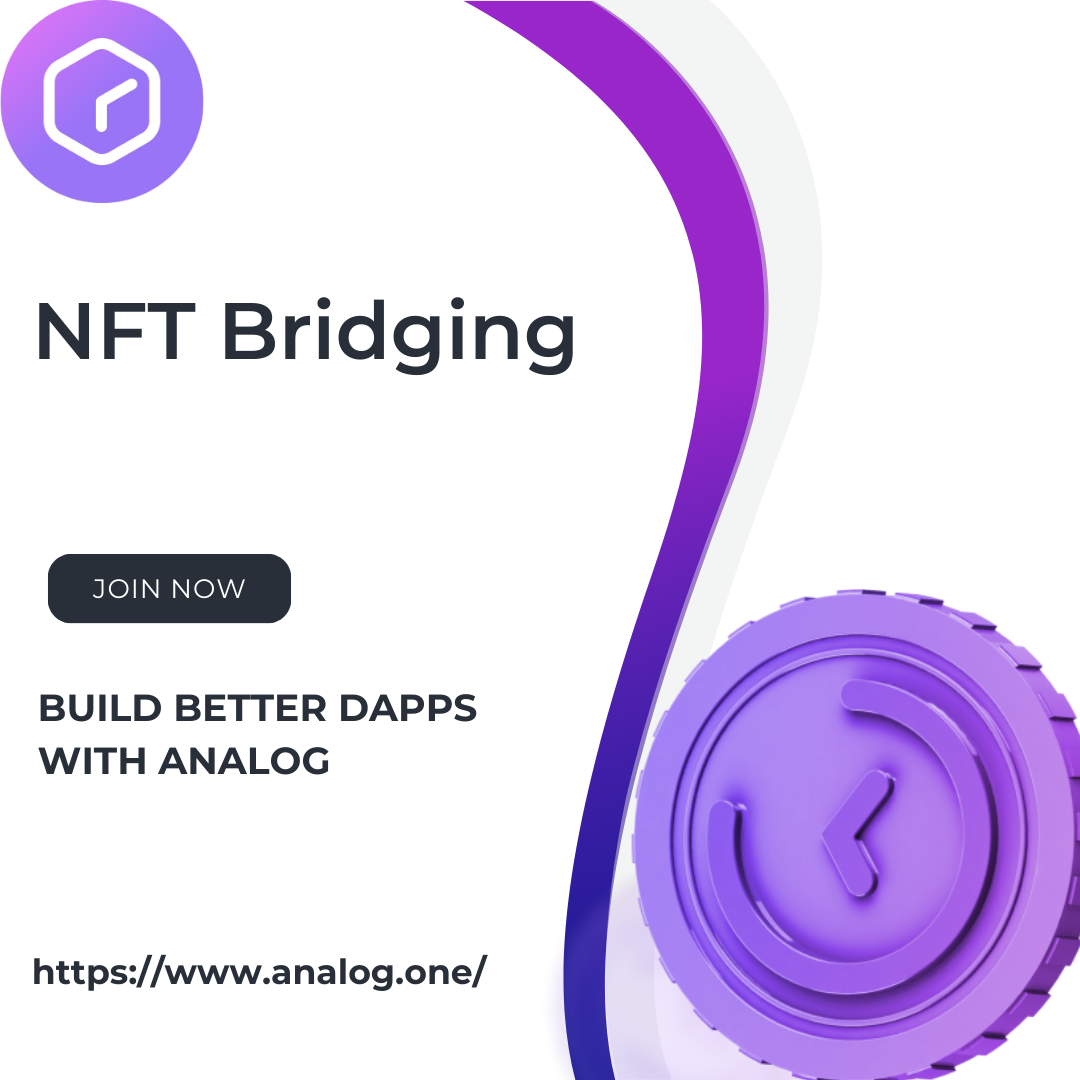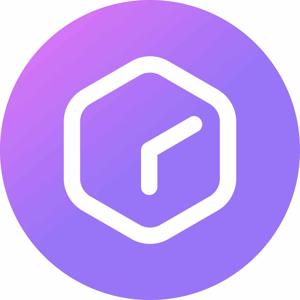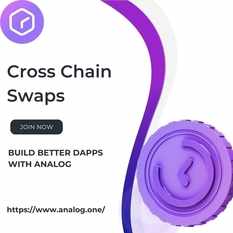
In the ever-evolving landscape of digital art and blockchain technology, NFTs (Non-Fungible Tokens) have emerged as a revolutionary force, enabling artists and creators to tokenize their work and establish ownership in a decentralized manner. As the popularity of NFTs continues to soar, a new frontier is opening up – the realm of NFT bridging. This blog will unravel the intricacies of NFT bridging, exploring its significance, mechanics, and the transformative impact it brings to the dynamic world of digital assets.
Understanding NFTs and Their Rise
1. NFTs: A Digital Revolution:
Non-Fungible Tokens represent unique digital assets stored on a blockchain. These tokens, often associated with digital art, music, and virtual real estate, have become a groundbreaking way for creators to monetize their work and for collectors to own exclusive digital assets.
2. The Surge in NFT Popularity:
The surge in NFT popularity is attributed to its ability to solve longstanding issues in the digital art world, such as provenance and ownership verification. Artists are now empowered to reach global audiences directly, and collectors can truly own a piece of digital history.
The Need for NFT Bridging
1. Blockchain Fragmentation:
The blockchain ecosystem is vast and diverse, with multiple networks like Ethereum, Binance Smart Chain, and Flow hosting NFTs. However, these blockchains operate independently, leading to fragmentation in the NFT space. NFT bridging addresses this challenge by enabling seamless movement of tokens across different blockchains.
2. Interoperability for Collaboration:
NFT bridging fosters interoperability, allowing artists and collectors to engage across multiple platforms. This not only expands the reach of digital assets but also encourages collaboration and interaction within the global NFT community.
How NFT Bridging Works
1. Bridging Protocols:
NFT bridging protocols act as connectors between different blockchains. These protocols facilitate the secure and transparent transfer of NFTs across disparate networks, ensuring that the unique attributes and ownership details are preserved.
2. Smart Contracts Enable Seamless Transfers:
Smart contracts play a crucial role in NFT bridging. They are deployed to both the source and destination blockchains, automating the process of token transfer. The smart contracts validate ownership and trigger the creation of the NFT on the destination blockchain.
3. Cross-Chain Oracles:
Cross-chain oracles act as data feeds that provide real-time information about the state of NFTs on different blockchains. This ensures that the NFT information is accurately reflected when moved from one blockchain to another.
The Impact on Digital Art and Beyond
1. Global Accessibility:
NFT bridging opens up new horizons for artists and collectors, offering global accessibility to a wider audience. Artists can now tap into different blockchain ecosystems, reaching collectors on networks that were previously out of reach.
2. Enhanced Liquidity:
NFT bridging enhances liquidity in the digital art market. Collectors can trade and sell NFTs across various platforms, providing a more dynamic and liquid marketplace for digital assets.
3. Collaboration and Cross-Pollination:
With NFT bridging, artists can collaborate seamlessly across different blockchain communities. This cross-pollination of creativity and ideas contributes to the richness and diversity of the digital art space.
Challenges and Considerations
1. Security Concerns:
Security is a paramount concern in NFT bridging. Ensuring that the bridging protocols and smart contracts are secure and audited is crucial to protect the assets being transferred.
2. Standardization Efforts:
The NFT space is currently witnessing efforts to standardize bridging protocols. Standardization would bring uniformity and enhance compatibility between different NFT marketplaces and blockchains.
The Future of NFT Bridging
1. Expanding Ecosystems:
As NFT bridging becomes more prevalent, it is expected to fuel the expansion of blockchain ecosystems. This will enable artists and collectors to seamlessly navigate and participate in a diverse range of digital communities.
2. Innovation in Bridging Protocols:
The future holds promise for continuous innovation in bridging protocols. This innovation will address current challenges and pave the way for even more secure, efficient, and user-friendly NFT bridging solutions.
3. Integration with Emerging Technologies:
The integration of NFT bridging with emerging technologies like decentralized finance (DeFi) and virtual reality (VR) is on the horizon. This integration will further enrich the NFT experience and unlock novel use cases for digital assets.
Conclusion
NFT bridging emerges as a pivotal development in the evolution of the digital art landscape, offering a pathway to a more interconnected and collaborative future. As artists and collectors continue to explore the boundless possibilities facilitated by NFTs, bridging technology acts as the bridge that spans across blockchain divides, fostering a globalized and vibrant NFT ecosystem. The journey of NFT bridging is just beginning, and its impact on the world of digital assets is set to be profound, shaping the way we create, collect, and experience art in the digital age. Join the movement with Analog and unlock the full potential of Web3.

.jpg)


.jpg)


.png)
Write a comment ...